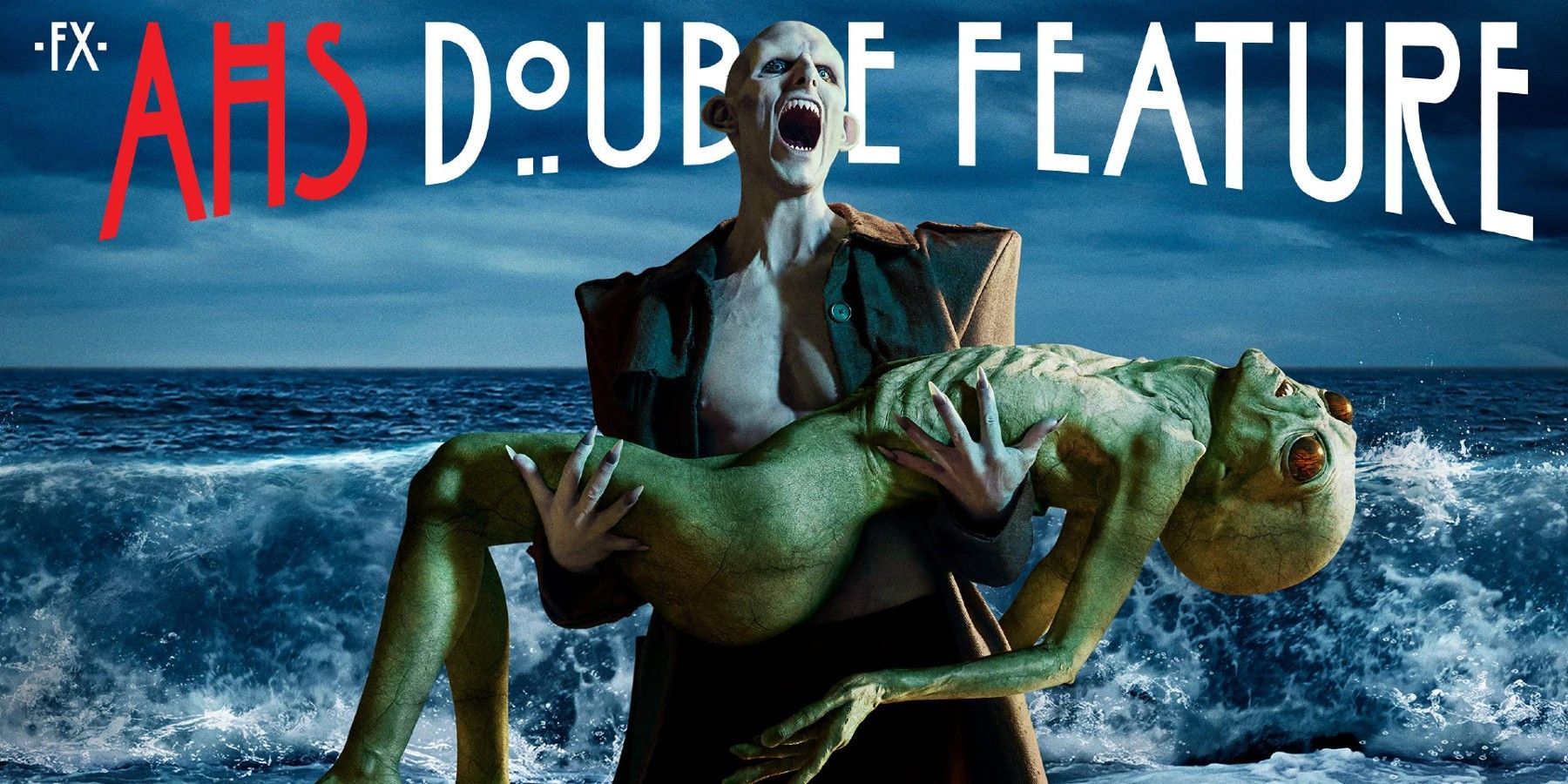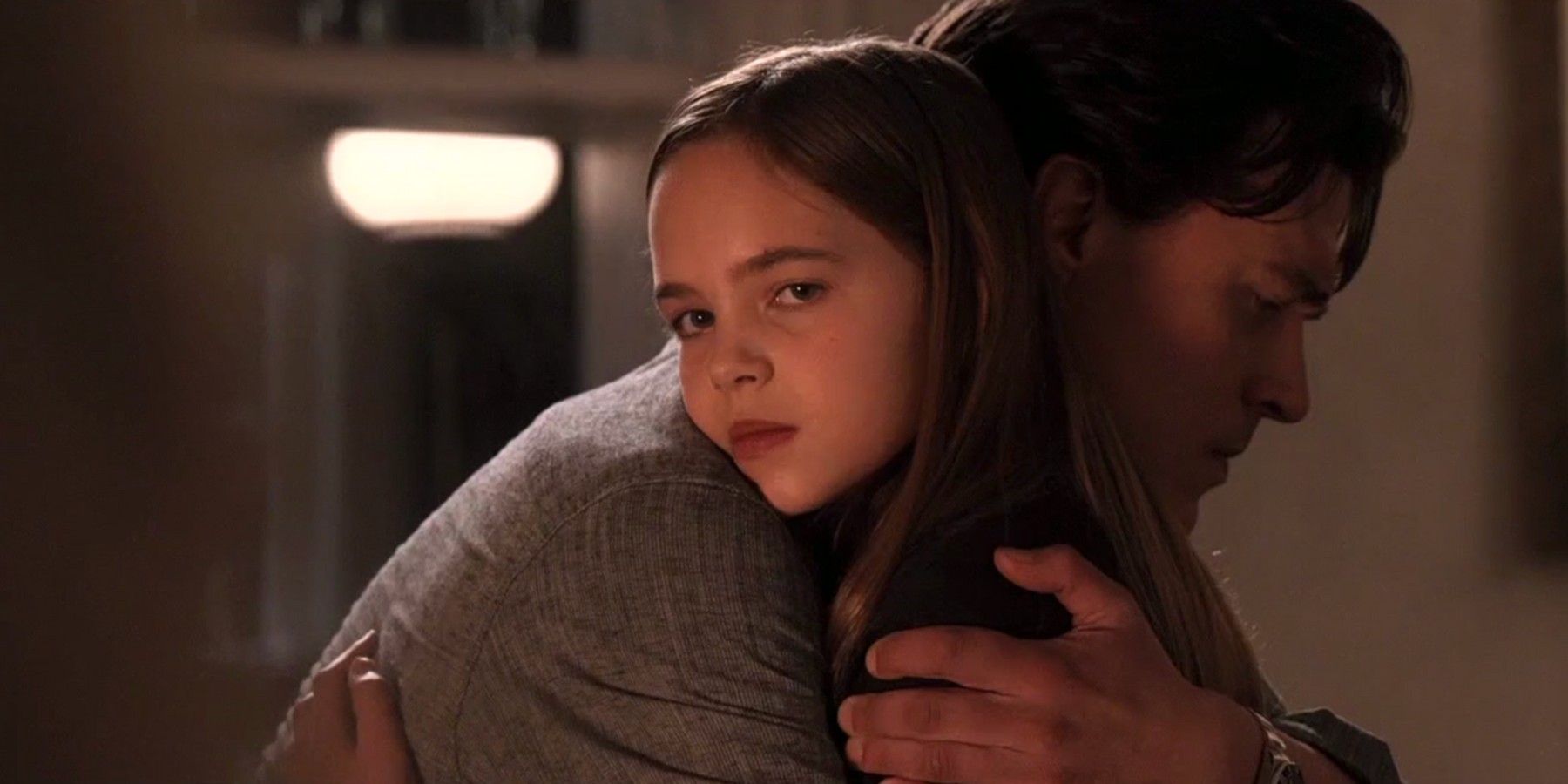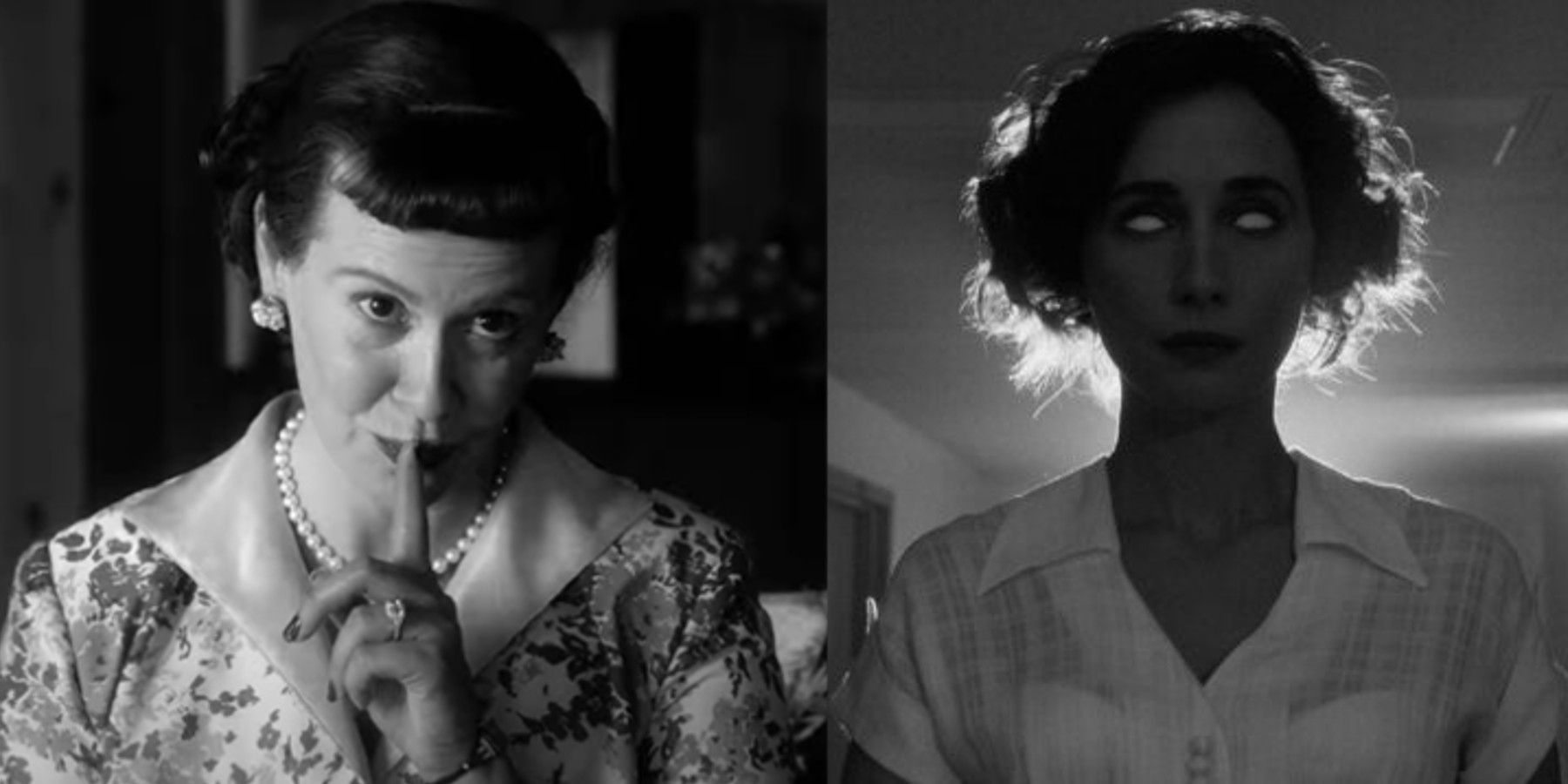The tenth season of Ryan Murphy and Brad Falchuk's frightening series, American Horror Story did what no other season of the show has done. Murphy and Falchuk made the unique choice to divide the season's 10 episodes between two very distinct storylines. It is currently the lowest-rated season of the series, with an average 6.7 rating on IMDb.
American Horror Story: Double Feature's first 6 episodes were under the name of Red Tide, while the remaining 4 episodes had the title of Death Valley. Each set of episodes stuck to their respective story with no apparent link between either narrative. By including one subtle detail in Death Valley, the entirety of Double Feature could have received much more positive feedback from its viewers.
Given the criticism Double Feature has received, it may have been wiser to have Red Tide and Death Valley serve as two individual seasons of American Horror Story. This would have given both narratives and the accompanying characters a chance to have better pacing and stronger backstories. It also would have given audiences a chance to form a stronger bond with the theme of the season and its characters. The choice to combine the two ideas was a bold decision, but it had the potential to be a meaningful choice had there been a link between Red Tide and Death Valley.
Red Tide was the bulk of Double Feature, with an interesting premise. Red Tide is centered around the Gardner family who move to Provincetown, Massachusetts for what they believe will be a three-month business venture. The hope is that the change of scenery will allow Harry (Finn Wittrock) to finish his screenplay, while his pregnant wife Doris (Lily Rabe) remodels the home's interior. As Harry continues to struggle to finish the screenplay, he meets Austin Sommers (Evan Peters) and Belle Noir (Frances Conroy) who give him a black pill that is said to cure his writer's block.
Reluctant at first, Harry eventually takes the pill and produces his best work. There are a few catches to the miracle pill that Harry takes. The pill is meant to bring out the talent of those who are truly talented while eliminating those that are not. If someone possessing great talent takes the pill, it creates an intense thirst for blood that they must fulfill. If someone without talent takes the pill, they turn into a horrifying, cannibalistic pale creature.
The premise of Death Valley arrives in Double Feature's seventh episode. It periodically switches between the 1950s, 60s, and 70s before returning to the modern-day. Death Valley focuses on a strange allegiance between the U.S. government and aliens in order to deal with the ongoing conflict between the U.S. and the Soviet Union. The deal between the U.S. and the aliens allows for the latter to abduct 5,000 Americans each year in exchange for their technology. The modern day reveals what the aliens are using the abductees for, as they are impregnating humans to create a perfect alien-human hybrid. Before the end of Death Valley, the first perfect hybrid is born from one of the recent abductees. To make matters worse, it is discovered that the aliens actually had the intention of taking over the earth and killing all humans once they had enough hybrids to populate the planet.
Given that Harry and even Mickey (played by Macaulay Culkin) furiously wrote screenplays throughout Red Tide, some sort of reveal that Death Valley was actually one of their creations would have provided a much more meaningful conclusion to Double Feature. Throughout Death Valley, countless historical events were seen as stagings by the aliens to help distract humans from the abductions that were taking place. For instance, the moon landing is revealed to be faked on a set at the Area 51 facility where the abductees are being held. Had Death Valley included a small nod to Red Tide, it would've brought intention to the choice of combining two distinct storylines into a single season.
The hypothetical reference to Red Tide didn't need to be big. It could have been as small as a director shouting "Cut!" with Leslie Grossman's agent character, Ursula, wandering the set of Death Valley to give instructions to the actors on behalf of the late-writer Harry or Mickey (given that they both die by the end of Red Tide). Another option could have been an audience's applause following the premiere of Death Valley had it been framed as a movie or television show.
Unfortunately, the return of American Horror Story alumni like Paulson, Peters, Rabe, Wittrock, Conroy, and Grossman, along with the new additions of stars like Culkin and various faces from the spin-off American Horror Stories, wasn't enough to save the issues presented in Double Feature. The premise of Double Feature and its sub-plots of Red Tide and Death Valley had potential both individually and collectively, but it ultimately still missed the mark.
American Horror Story: Double Feature is now streaming on Hulu.



